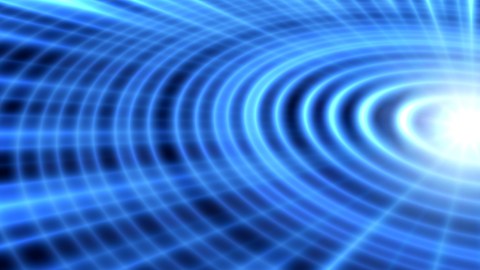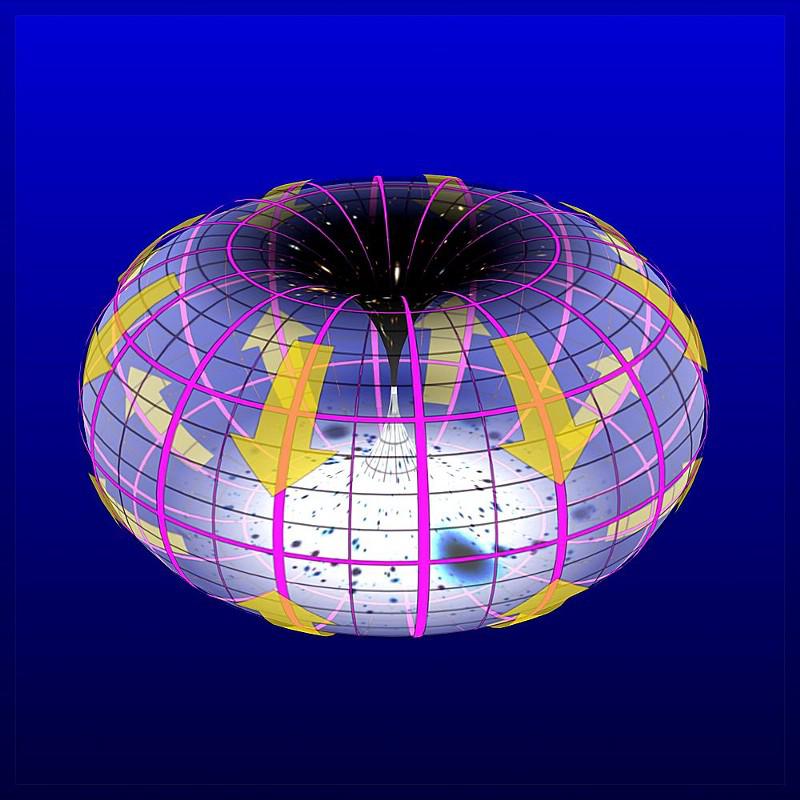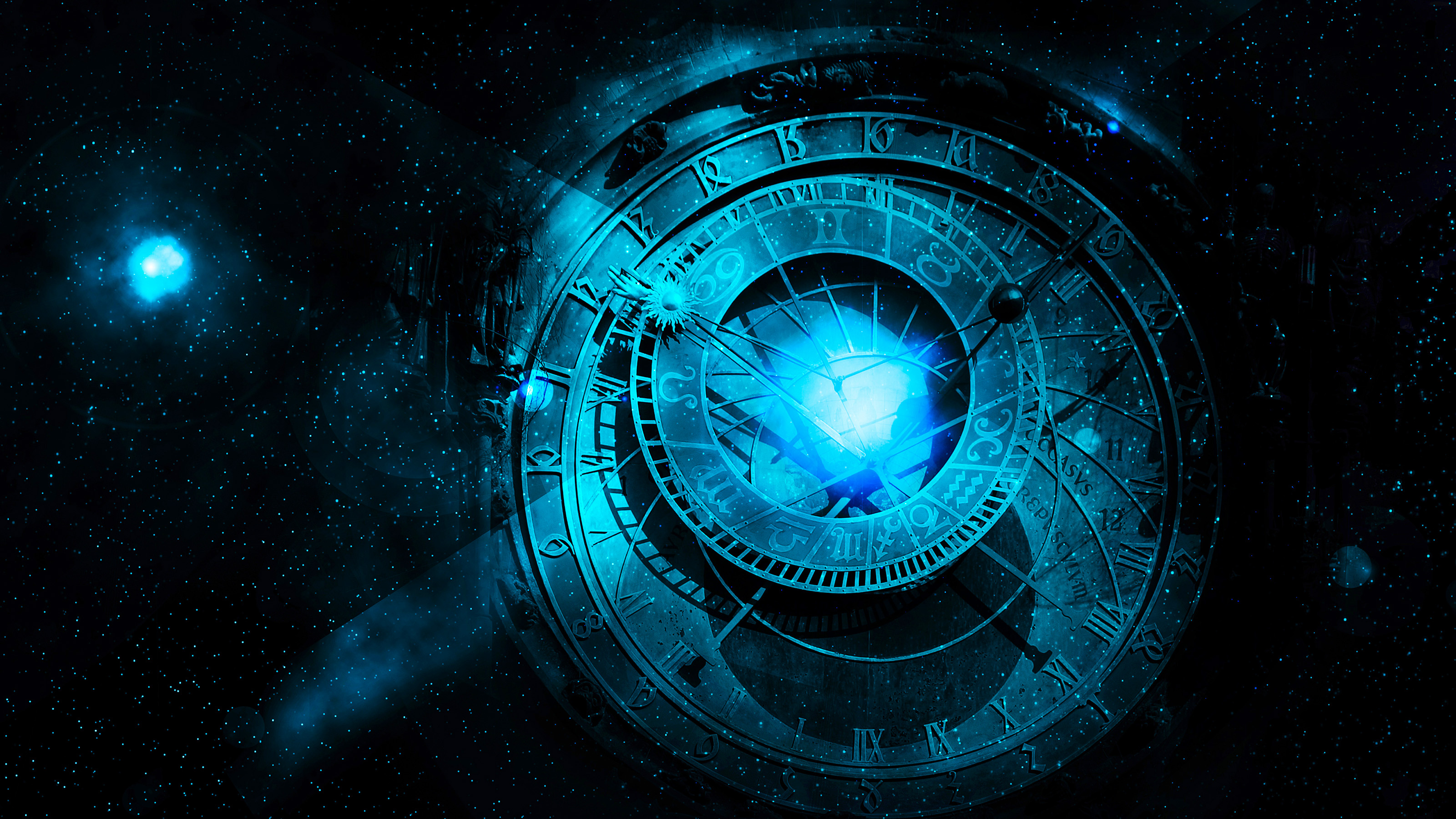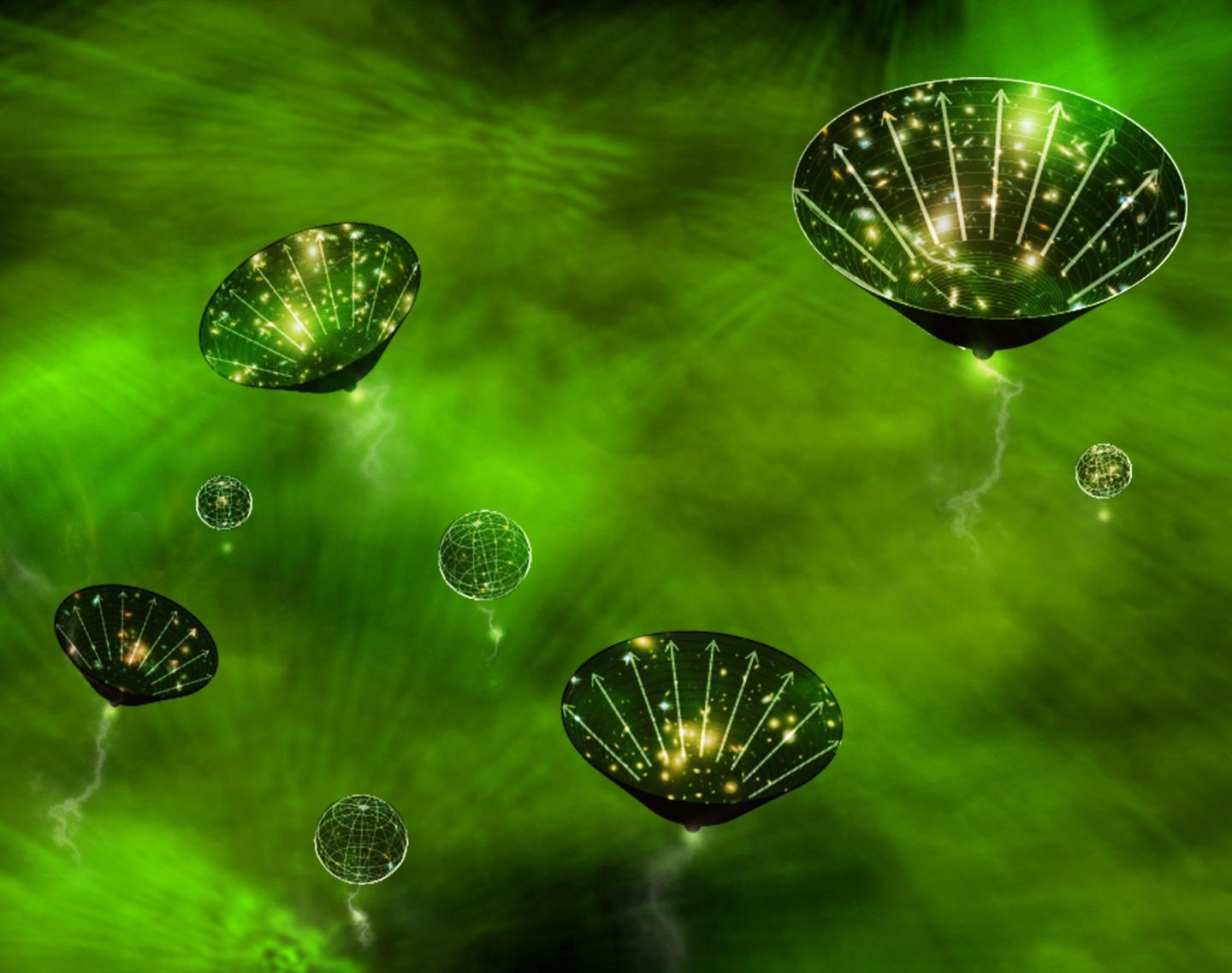Where is the center of the Universe? Here, there, and everywhere

- People misunderstand the Big Bang. It was not an explosion, but an explosive expansion.
- That expansion started about 13.8 billion years ago, and it’s still going on today. The Universe may be infinite, but even if it is not, the observable part of it is just an incomprehensibly tiny part of the whole.
- Any spot in the Universe can be considered the center, with equal validity. Indeed, you may be the center of the Universe.
The Big Bang is the name we have given to the moment at which the Universe began. While the idea is well known, it is often badly misunderstood. Even people with a good grasp of science have misconceptions about it. For instance, a common question is, “Where did the Big Bang happen?” And the answer to that question is a surprising one. So, let’s dive into it and try to understand where the misunderstanding arises.
When people are told of the Big Bang, they are commonly told that “all of the mass of the universe was packed into a point with zero volume called a singularity.” The singularity then “exploded,” expanding and cooling and eventually resulting in the Universe we see today. People draw from their own experience and analogize the Big Bang with something like a firecracker or a grenade — an object that sits in a location, then explodes, dispersing debris into existing space. This is a completely natural and reasonable mental image. It is also completely wrong.
The shape of the Universe
The theory that describes the Big Bang is Einstein’s general theory of relativity. In it, Einstein describes gravity as the very shape of space as it bends and stretches. Near a star or planet, space is distorted; far from any celestial body, space is flat. If space is malleable, as the theory says it is, it can also be compressed or stretched.
That stretching and compression brings us to what the Big Bang really is. It is not an explosion in the familiar sense of the word, but rather a rapid and three-dimensional expansion of space. That’s a lot to get your head around, so let us try to understand by analogy. To simplify the matter, we will use a one-dimensional analogy — a rubber band.
Imagine you had this amazing rubber band — one that can go from being the size of an atom to every bit as long as you need it to be. The material of the rubber band represents space. Take that rubber band and stretch it so it is long enough to span the current visible Universe from one side to the other. Take a marker and put marks on it. These markings will represent the galaxies in their current locations.
Now let the rubber band shrink to half that length. The dots did not move on the rubber band, yet they got closer to one another. This shows us that distances growing or shrinking between dots (or galaxies) do not always require the dots to move. If the space they inhabit changes size, the galaxies can stay stationary within that space, yet appear to be moving.
We can take our analogy to the extreme and let it shrink down to subatomic sizes. Again, the distance between the galaxies gets smaller and the rubber band becomes tiny in size, but it’s the rubber band that is shrinking. Relative to the rubber band, the dots are in the same place.
The beginning of infinity
The Big Bang is basically this in reverse. The shrunken rubber band is the Universe before it began. Something — and we still do not know what — caused the rubber band to stretch, and that stretching is our Universe expanding. It started 14 billion years ago, and it’s still going on today.
So that is the right way to think about the Big Bang: It’s not an explosion. Rather, it is an explosive expansion and stretching of space. So how does this help us figure out where the Big Bang occurred?
To do that, we again invoke our rubber band. This time, the rubber band is even stretchier. Our previous one stretched across the visible Universe, but the Universe in its entirety is so much bigger than that. Indeed, the evidence strongly suggests that the Universe is infinite. There are locations so far away that we cannot see them at all — the light from those locations has yet to reach us. More on this point in a bit.
If the entire Universe actually is infinite, the new rubber band stretches off into infinity, say on the right/left axis. Pick a random spot, then, and the band stretches off to infinity both to the right and to the left. But now pick another spot, and the same thing is true. Indeed, any location one picks will have an equal and infinite distance off to the right and left.
When we mix infinity and stretchiness, we get additional weird consequences. If the rubber band is infinite, and you stretch it so the spacing between those galaxy dots is doubled, or let it shrink so the spacing is halved, the rubber band is still infinite. Infinity means forever — you cannot get double forever, and you cannot get half of forever.
Center yourself
When we combine these ideas, we are left with the astonishing conclusion that there is no unique center to the Universe or, equivalently, all locations could be called the center. Indeed, as you may have always suspected, you are entirely within your rights to think of yourself as the center of the Universe. (Go ahead, it’s a great feeling. Treat yourself to a second helping of dessert tonight.)
But what if it is not true that the Universe is infinite? Well, scientists are certain that the volume of the whole Universe is at least 125 million times that of the visible Universe. Even if the Universe is finite, It beggars the imagination that its center would be found within our visible Universe. And it is important to remember that the evidence strongly favors an infinite Universe. In the absence of some new data, it’s a completely plausible conjecture.
So, what is the bottom line? It is that we should not think of the Big Bang as a cosmic firecracker that erupted at some special spot. Instead, the Big Bang should be thought of as the rapid expansion of space, where all spots can be considered to be the center with equal validity. And because the entire Universe is thought to be infinite, it doesn’t expand into anything. It stretches or shrinks, but it remains infinite.
This might seem to be an outlandish conclusion, but it more faithfully represents the cosmological community’s understanding of the nature of space and how it came to be, and is a prime example of how modern physics can blow your mind.





